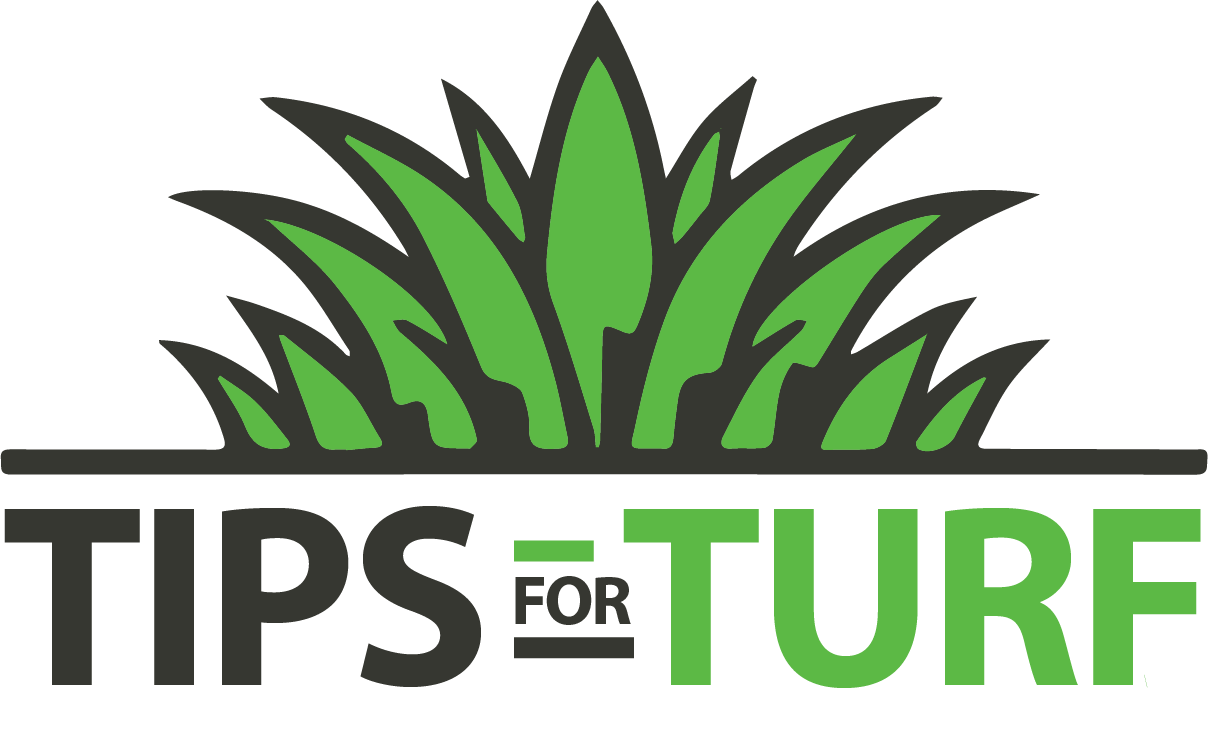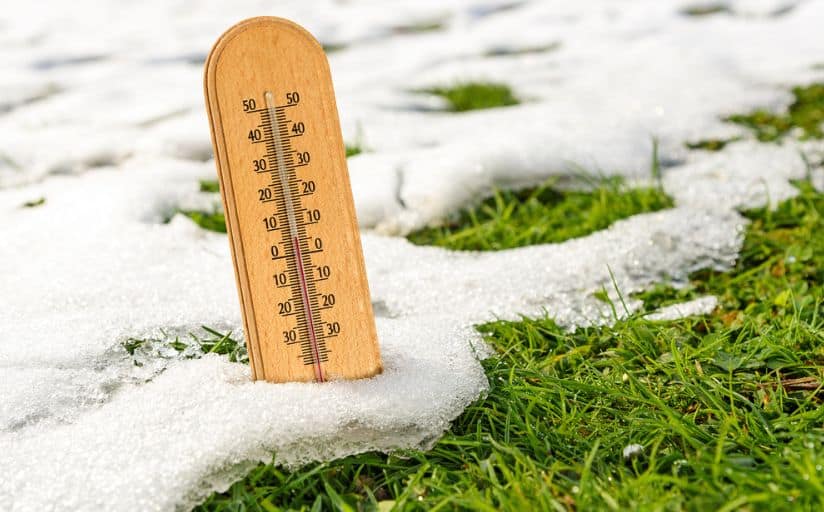Grass growth isn’t just about sunshine and watering—it’s also about temperature. Whether you’re managing a lush backyard or keeping a commercial landscape green, knowing at what temperature grass stops growing helps you prepare for dormancy and adjust your lawn care routine. This really matters when you’re switching seasons or taking care of multiple grass types. Let’s dig into the science behind grass growth and see how cooler weather can affect your lawn all year long.
At What Temp Does Grass Stop Growing in Winter?
For most cool-season grasses, active growth stops at around 50°F.
Warm-season grasses begin to slow down at 70°F and fully stop growing below 55°F.
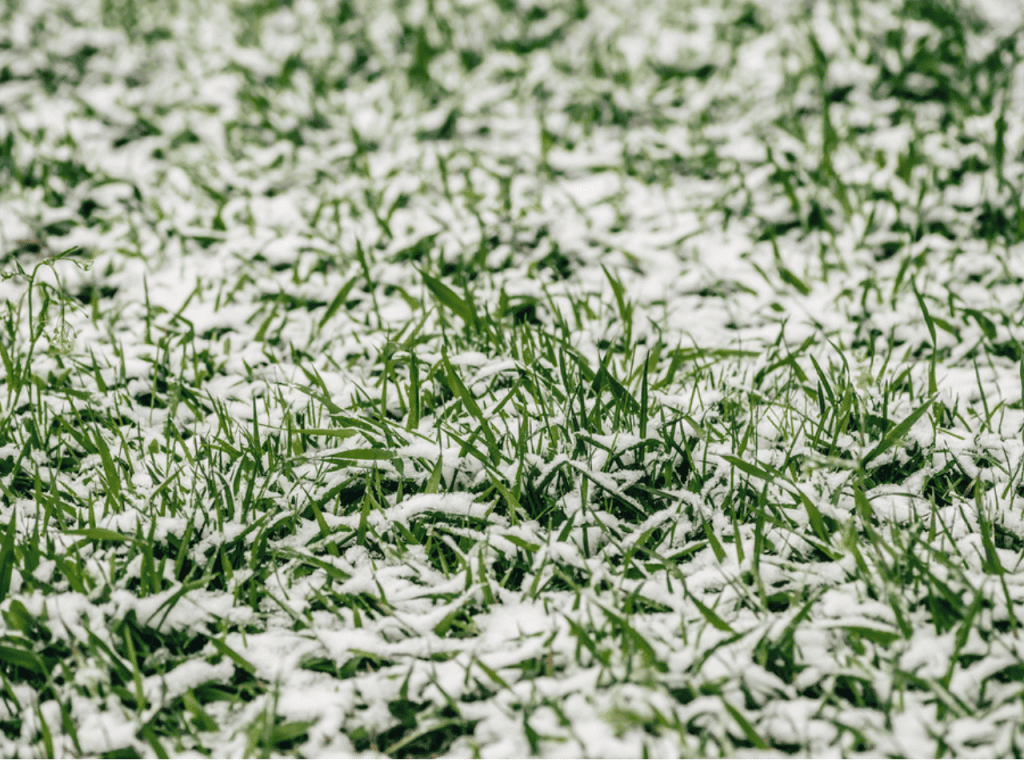
How Does Temperature Affect Grass Growth?
You might not realize it, but temperature is a major player in your lawn’s health. Grass uses photosynthesis for energy, and once the weather cools, that process slows down. If it gets too chilly, your lawn stops growing and focuses on protecting itself—so it’s common to see it turn brown or look dormant in winter.
What Is the Ideal Temperature Range for Grass Growth?
The ideal temp for grass growth depends on the grass type. Cool-season grasses (rye, fescue, bluegrass) prefer 60–75°F, while warm-season grasses (Bermuda, Zoysia) thrive in 80–95°F.
Does Warm-Season Grass Stop Growing at Different Temperatures Than Cool-Season Grass?
Yes, warm-season and cool-season grasses have different temperature cutoffs for growth.
When Cool-Season Grasses Stop Growing
Cool-season grasses grow best in spring and fall and stop growing when temperatures fall below 50°F. Once the soil temperature also drops, the grass goes dormant until warmer weather returns.
Common cool-season varieties, such as fescue and ryegrass, hold their green color longer into the fall but eventually slow down when cold weather sets in.
When Warm-Season Grasses Stop Growing
Warm-season grasses thrive in hot weather but slow down when temperatures dip below 70°F and stop growing entirely below 55°F.
In colder regions, grasses like Bermuda, centipede, and Zoysia typically go dormant as early as mid-fall and turn brown until warmer temperatures return.
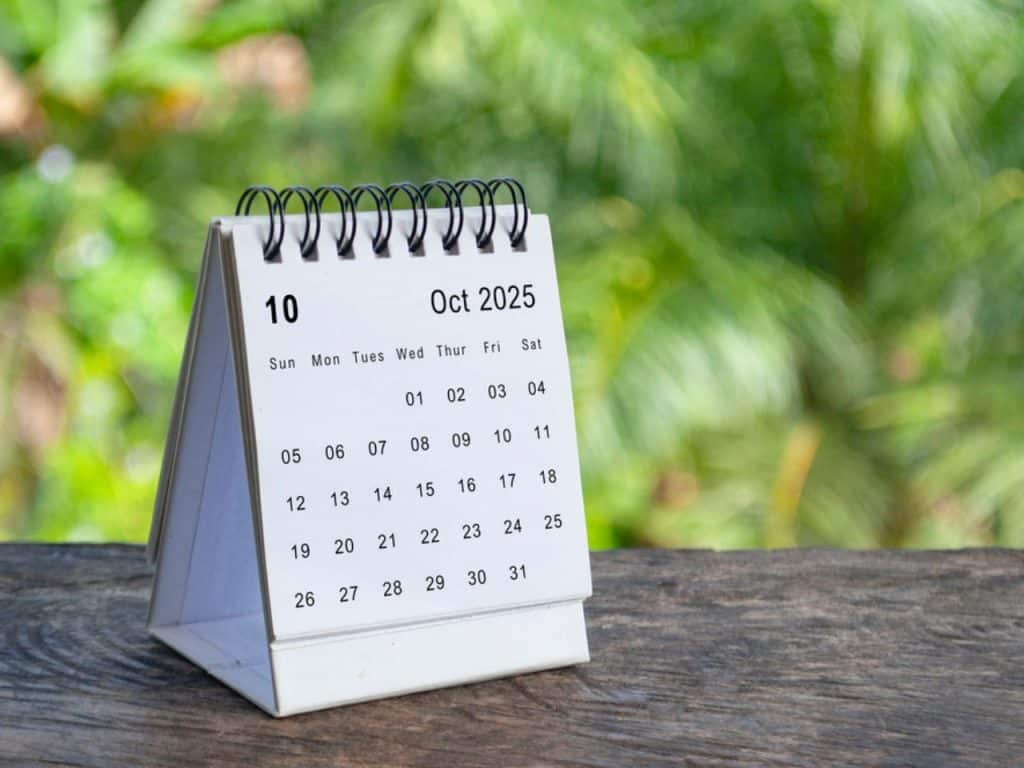
What Month Does Grass Stop Growing?
The month grass stops growing depends on where you live and your grass type. Cool-season grass growth typically slows by late October and stops entirely by November. In milder climates, growth may continue into December or early January before fully stopping.
Warm-season grasses in southern regions stop growing around late October or November, depending on how quickly temperatures drop. In places like Florida and southern Texas, milder weather may allow warm-season grasses to continue slow growth well into early winter (December–January).
How Can You Tell When Your Grass Has Stopped Growing?
You can tell your grass has stopped growing if your lawn maintains roughly the same height for a week or two without mowing. The grass may grow slightly during this time, but if the temperature drops below 40°F, it’s too cold to mow. You want to hold off on mowing until the weather warms up enough to prevent damage. That’s because grass blades become fragile, and the cold weather will shock your grass if you cut it.
When your grass stops growing, you’ll probably notice it turn a duller green and recover more slowly if you walk on it. Dormant grass feels stiffer underfoot and doesn’t look as lush, but don’t worry—dormant doesn’t mean dead. The roots are still alive, and once spring temperatures climb past its growing threshold, that grass will perk up and turn green again.
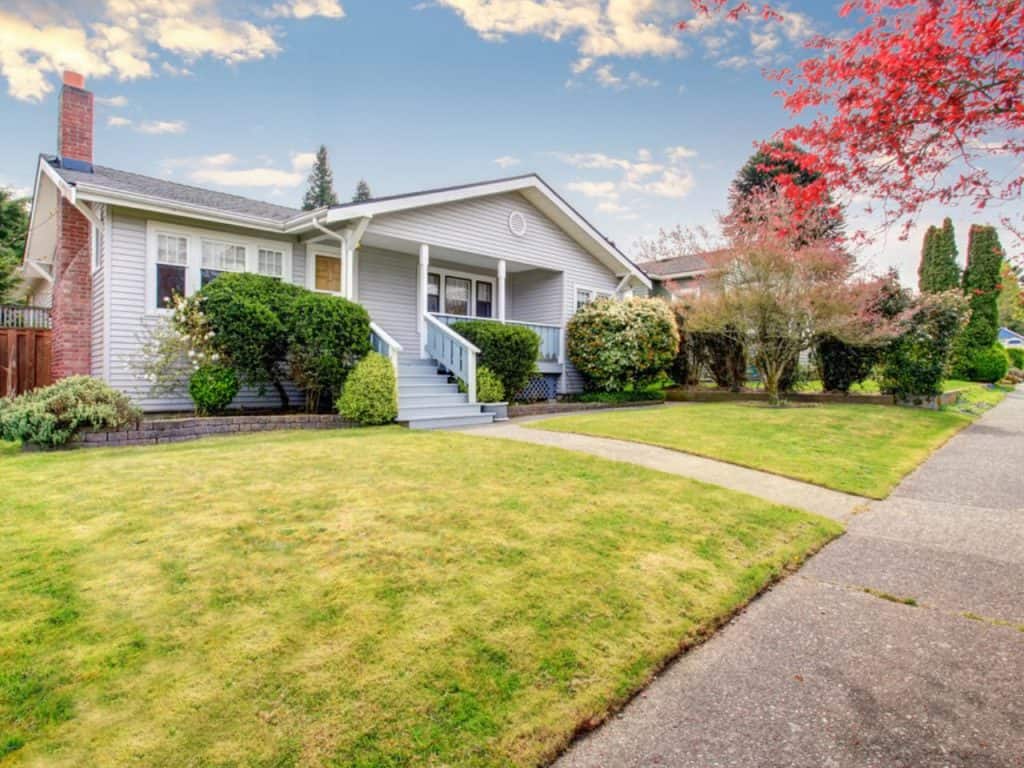
Know What Temperature Grass Stops Growing Helps You Plan Smarter Lawn Care
Knowing at what temp grass stops growing allows you to adjust your lawn care routine and avoid wasting time and resources, such as water or fertilizer. When the temperature shifts, that’s your cue to pause mowing, scale back watering, and let your grass take a well-deserved break.
Keep an eye on soil temperatures and seasonal changes to maintain year-round lawn health. Once dormancy sets in, the right prep work will ensure your grass returns lush and green when warmer weather rolls around.
